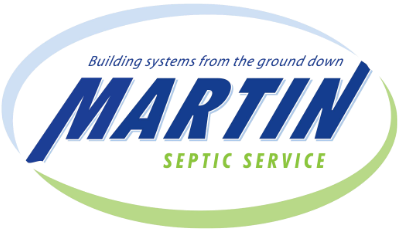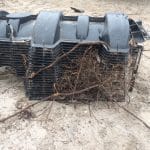Many people who have an RV and a septic tank wonder if they can use the two together. The RV is the perfect place to allow visitors to stay while having their own space. The short answer is that yes, it is possible to connect your RV into your septic tank, but you need to make sure that you do it correctly. Before we get into how you can connect the two it’s important to first understand how a septic tank works.
How do Septic Tanks Work?
Septic tanks have two separate compartments that filter through wastewater and separate solids from liquid. As the natural bacteria in the septic tank breakdown the wastewater it’s dispersed into the soil where it sinks down and is filtered through the soil.
Septic tanks require a specific balance between the bacteria and wastewater to work properly. Any cleaning solutions, toilet wipes, and even coffee grounds can be damaging. Making sure that you aren’t dumping excessive amounts of these can help your septic tank last longer.
How to Connect to your Septic Tank
Typically, you will find a clean out is the easiest way to connect your RV to your septic tank. This will be a PVC pipe that comes out from the ground with a screw cap. You can simply remove the cap and attach the sewer hose from your RV into this clean out. make sure that the hose is properly secured to the pipe opening, you may have to weigh this down so that it doesn’t create a mess.
You can choose to leave this hooked up all the time so that any wastewater automatically goes into the septic system or you can choose to wait and empty the tank all at once. Keep in mind that some people believe that adding too much waste to a septic tank at one time can cause shock to the system. Because septic tanks work using natural bacteria to breakdown wastewater it’s important to keep balances in check.
If your septic tank doesn’t have a clean out, you might be tempted to use to remove the lid. Although you can do this it’s dangerous as exposure to too much air can kill the natural bacteria in the tank and the gas trapped in the tank can actually be fatal to humans. If you choose to do this make sure that you dump in the correct side. You want to dump into the side that keeps the solids separate from the wastewater or the one that’s closest to the house. Keep in mind that you cannot use an access port as a continuous way to drain RV wastewater as you’ll need to re-seal the port.
Keeping your Septic Tank Working Well
Connecting your RV to your septic tank means that you need to take a few extra precautions to keep the system working well. Make sure that you’re not dumping too many additional chemicals down your drains, even products that are sold as septic tank cleaners can kill off the natural bacteria levels. These will only result in a cleaner system for a short period of time.
Make sure that you don’t overload the system. As wastewater gets put into the system wastewater is pushed out. If too much wastewater is put in at one time sludge can make its way into the leach lines and clog the system. Be prepared to have the system cleaned more frequently if you used the RV plumbing frequently. This will help prevent any problems later on down the line.
Using an RV as a guest house is a great option for added space and privacy. Being able to connect it to your septic system makes this an easy way to add functionality. By making sure you connect your RV in the right way and that you aren’t overloading your system you can have additional living space and keep your septic tank working well.







